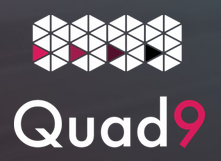It’s been a while since I added an entry to the Quantitative Philosophy section. And in light of the recent glass door replacement debacle, as well as my growing experience with home-ownership in general, I have enough information now to present a new calculator: The Blue Collar Cost Estimator!
What is this calculator? Well, ever notice how what would seem like an affordable project immediately becomes cost-prohibitive when requiring hired help? So here’s how it works: for any home renovation/repair, input what you think would be the conservative estimate for the raw materials. The calculator will then add the contractor’s up-charge and account for the cost of labor (which is substantial). Here’s the formula:
Estimated Materials Cost * 1.45 * 4 = Final Cost
Here’s the logic. The 1.45x multiplier seems, at least anecdotally, to be the materials’ up-charge. The 4x multiplier seems to be the labor charge, which inexplicably scales directly with the initial cost of the materials. I guess they figure the risk of damage warrants greater skill/care? Dunno.
But that’s it. Nice and simple. For calibration, I tested two expenses. The latest was the door replacement, which I estimated would have a materials cost of $1000. 1000*1.45*4=$5800, the exact amount of the final cost. We also had a garage door spring replaced, which I estimated at $120. 120*1.45*4=$696, which is pretty close to the $700-ish final cost we paid.
There you have it: the scaling cost of blue collar labor. Glad I figured out how to install laminate flooring. The last room I did would have cost us almost $2500. So try to be handy–your wallet depends on it.
–Simon


